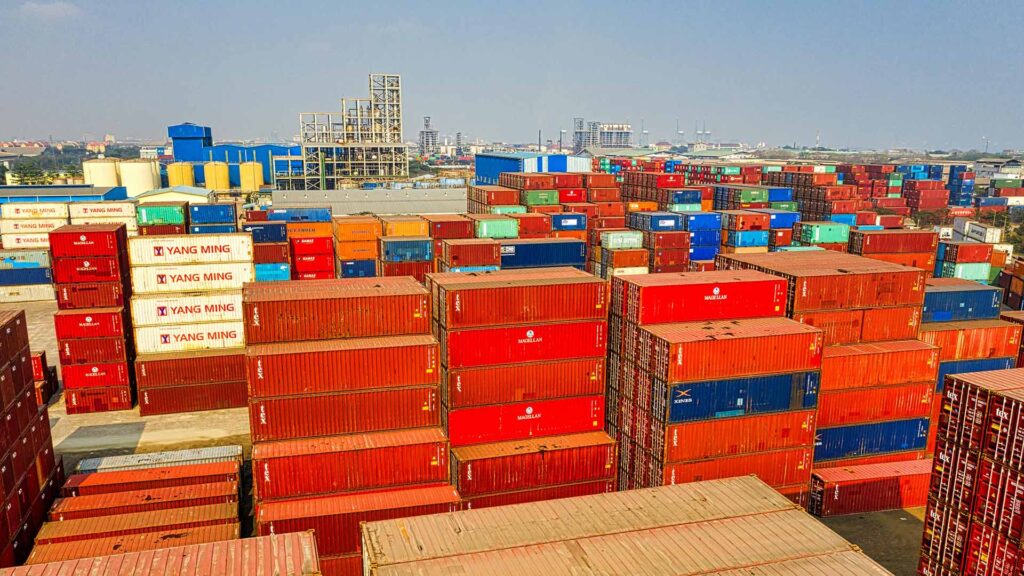Why Latin America is the New Hub for Hiring Virtual Assistants: A Game-Changer for North American Businesses

In today’s fast-paced, remote-first world, virtual assistants (VAs) have become indispensable for businesses looking to streamline operations, cut costs, and boost productivity. For years, the Philippines has been the go-to destination for outsourcing virtual assistant services, thanks to its low costs and large English-speaking workforce. However, a growing number of North American businesses are shifting their focus to Latin America—and for good reason. From time zone compatibility to cultural alignment, stronger English skills, and a more reliable workforce, Latin America is emerging as the ideal region for hiring high-quality virtual assistants. In this article, we’ll explore the six key reasons why Latin America is outpacing the Philippines as the top choice for virtual assistant outsourcing and why your business should consider making the switch.
Time Zone Compatibility: Seamless Collaboration with Latin America
One of the most significant advantages of hiring virtual assistants from Latin America is the region’s proximity to North American time zones. Countries like Mexico, Colombia, and Argentina are either in the same time zones as the U.S. and Canada or offset by just one or two hours. This alignment enables real-time collaboration, allowing teams to communicate instantly, hold meetings without scheduling headaches, and address issues as they arise.
In contrast, the Philippines, located 12–15 hours ahead of North America, poses significant challenges for synchronous communication. Businesses working with Filipino VAs often face delays in responses, requiring asynchronous workflows or inconvenient meeting times—sometimes in the early morning or late at night. These disruptions can slow down projects, frustrate team members, and hinder productivity.
For example, a U.S.-based marketing agency working with a VA in Colombia can schedule daily check-ins during standard business hours, fostering a sense of teamwork and ensuring tasks are completed promptly. The same agency working with a VA in the Philippines might need to wait until the next day for updates, creating bottlenecks in fast-moving campaigns. By choosing Latin America, businesses can eliminate these delays and create a more cohesive, efficient workflow.
Higher Satisfaction and Workflow Efficiency
The benefits of time zone alignment translate directly into higher satisfaction and workflow efficiency for companies hiring from Latin America. According to a 2024 survey of U.S. businesses outsourcing virtual assistant services, companies reported 38% higher satisfaction with workflow efficiency when working with Latin American VAs compared to those from the Philippines. This gap is largely attributed to the ease of communication and the ability to address tasks in real time.
The same survey revealed that 65% of U.S. businesses cited communication delays due to time zone misalignment as a major pain point, with many of these issues tied to working with Filipino VAs. These delays not only disrupt daily operations but also erode trust and collaboration between teams and their virtual assistants. Latin America’s proximity and time zone compatibility eliminate these barriers, enabling smoother project management and faster turnaround times.
For instance, a tech startup in San Francisco hiring a Latin American VA for customer support can expect near-instant responses to client inquiries, ensuring a seamless customer experience. In contrast, a similar arrangement with a Filipino VA might require clients to wait hours for a reply, potentially harming the company’s reputation. The data is clear: Latin America delivers superior workflow efficiency, making it a smarter choice for businesses that value speed and reliability.
Cost-Effective Yet High-Quality Talent
While cost is a key factor in outsourcing decisions, businesses are increasingly prioritizing value over the lowest possible price. Latin American virtual assistants typically cost $6–$9 per hour, slightly higher than basic roles in the Philippines, which range from $4–$7 per hour. However, the higher quality and communication skills of Latin American VAs make them a better investment.
Countries like Venezuela, Colombia, and Argentina boast a wealth of professional, skilled workers who offer specialized expertise at affordable rates. Whether you need a VA for administrative tasks, social media management, or customer service, Latin America provides access to talent with strong qualifications and a commitment to excellence. For example, a Colombian VA with a background in digital marketing can manage campaigns with a level of proficiency that rivals North American professionals—at a fraction of the cost.
In contrast, while Filipino VAs are often cost-effective, businesses may encounter challenges with inconsistent quality or communication barriers, particularly for roles requiring advanced skills. By opting for Latin America, companies get the best of both worlds: competitive pricing and high-quality talent that delivers measurable value.
Stronger English Skills and Cultural Compatibility
Effective communication is the foundation of any successful virtual assistant partnership, and Latin America shines in this aspect as well. The region has seen a surge in bilingual professionals fluent in both English and Spanish, making it easier for North American businesses to convey instructions, share feedback, and align on goals. Countries like Argentina and Venezuela consistently score high on the EF English Proficiency Index, reflecting a strong command of the language among professionals.
Beyond language, Latin America offers a cultural advantage that sets it apart. Shared cultural values with North America—such as a focus on punctuality, direct communication, and customer-centric service—result in smoother interactions and a better understanding of business etiquette. Latin American VAs are more attuned to the expectations of U.S. and Canadian clients, allowing them to adapt quickly to company workflows and deliver work that aligns with North American standards.
While the Philippines also has a large English-speaking workforce, the cultural gap can sometimes lead to misunderstandings or differences in work style. For example, a Latin American VA might intuitively grasp the tone and urgency needed for a customer-facing email, while a Filipino VA might require more guidance to achieve the same result. This cultural compatibility makes Latin America a natural fit for North American businesses seeking seamless integration.
A More Reliable and Committed Workforce
Turnover is a common pain point for businesses hiring virtual assistants, particularly in the Philippines, where high demand for VAs can lead to frequent job-hopping. Constantly replacing VAs disrupts workflows, increases training time, and weakens the trust relationship between businesses and their remote teams. Latin American VAs, on the other hand, are known for their stability and long-term commitment.
In many Latin American countries, remote work is viewed as a viable, sustainable career path rather than a temporary gig. Latin American VAs often prioritize building strong, lasting relationships their with clients, resulting in stronger working relationships and less disruption for businesses. For example, a Venezuelan VA hired for administrative support is likely to stay with a company for years, becoming a trusted team member who deeply understands the business’s needs. This stability translates into higher productivity and fewer headaches for employers.
By contrast, businesses working with Filipino VAs may find themselves frequently onboarding new hires, which can drain resources and slow progress. Latin America’s reliable workforce offers a refreshing alternative, allowing companies to focus on growth rather than recruitment.
North American Businesses Are Making the Switch
The shift toward Latin America is more than just a trend—it’s a strategic move backed by real-world results. Many North American businesses that previously relied on Filipino VAs have transitioned to Latin America and are reaping the benefits. From improved communication to higher-quality work and better alignment with North American standards, these companies are discovering that Latin American VAs deliver superior outcomes.
For instance, a Canadian e-commerce company that switched from Filipino to Mexican VAs reported a 25% increase in customer satisfaction due to faster response times and better English proficiency. Similarly, a U.S.-based real estate firm that hired Argentine VAs for administrative tasks noted significant improvements in task accuracy and team cohesion. These success stories highlight the growing recognition of Latin America as a premier destination for virtual assistant outsourcing.
As more businesses make the switch, Latin America is solidifying its position as the go-to region for companies seeking reliable, high-quality, and cost-effective virtual assistants. The evidence is clear: Latin America offers a competitive edge that the Philippines simply can’t match.
Conclusion: Why Latin America is the Future of Virtual Assistant Outsourcing
For North American businesses looking to optimize their operations, hiring virtual assistants from Latin America is a no-brainer. The region’s time zone compatibility, high-quality talent, strong English skills, cultural alignment, and reliable workforce make it an ideal choice for companies of all sizes. While the Philippines has long been a popular outsourcing destination, the advantages of Latin America are undeniable—and businesses are taking notice.
Whether you’re a startup seeking cost-effective support or an established company aiming to streamline workflows, Latin America offers a wealth of opportunities to elevate your business. By making the switch, you can unlock seamless collaboration, higher efficiency, and stronger results—all while building lasting partnerships with talented professionals. The future of virtual assistant outsourcing is here, and it’s in Latin America. Are you ready to make the move?


 English
English 
































































































































































